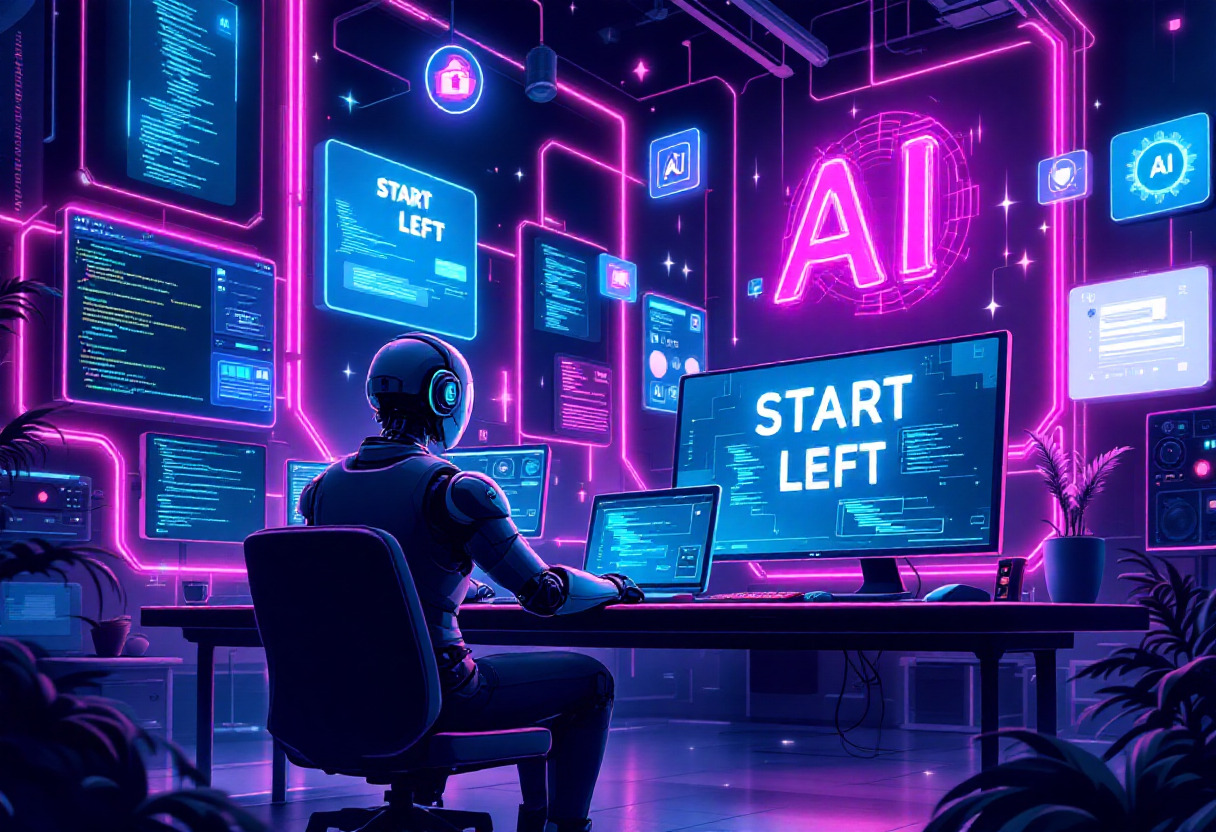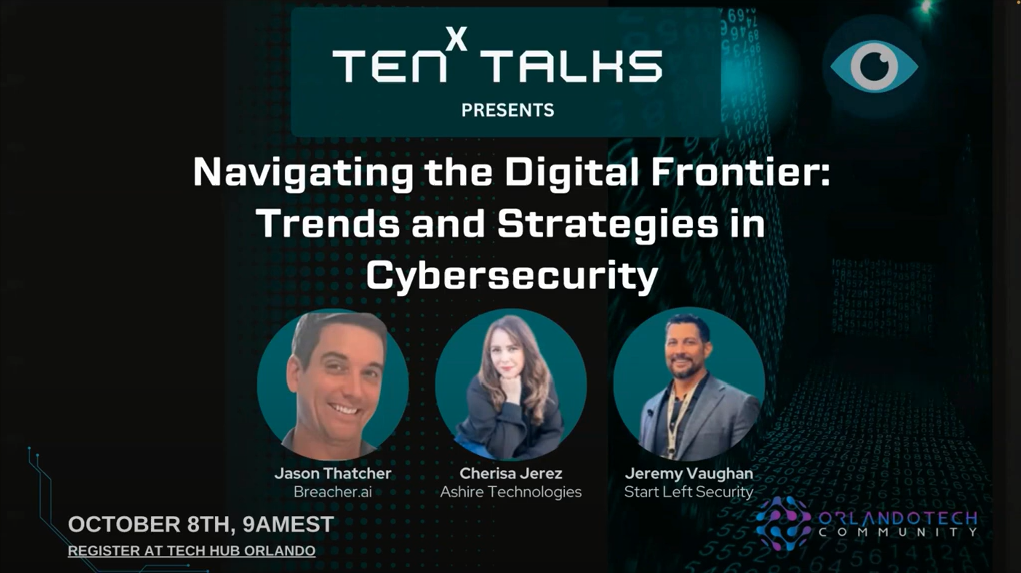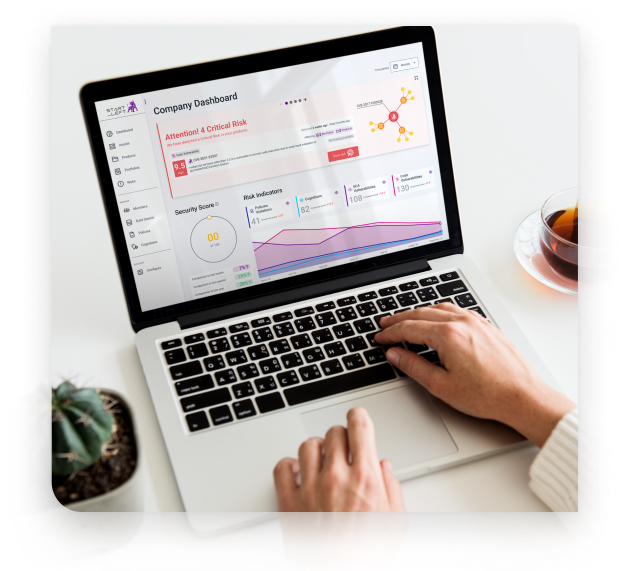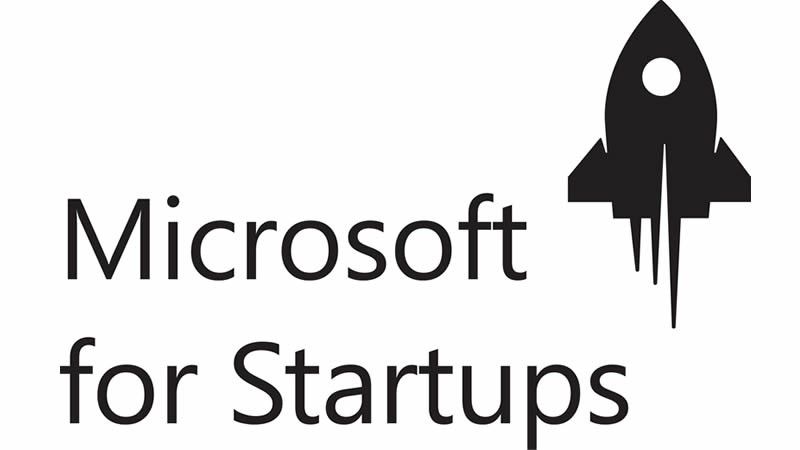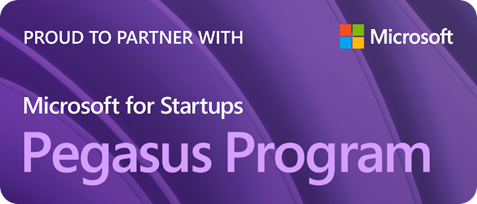Start Left® Security Blogs and Latest News

Application Security Posture Management (ASPM) and Developer Security Posture Management (DevSPM) tools promise visibility, prioritization, and increased security coverage—compelling offerings for any security-conscious organization. However, there's a critical gap that technical evaluations led solely by AppSec engineers often overlook.

From Reactive to Engineering Excellence In our original " Toyota Moment " post, we exposed the fundamental flaw in how cybersecurity has evolved: we’ve treated it like post-production inspection, not like quality engineering. This follow-up digs deeper into how we got here, why the industry's stuck in a loop, and what the shift to Execution Intelligence really means. The security industry, much like early manufacturing, was built on reactivity—not design. But just as Toyota revolutionized manufacturing with Lean systems and embedded quality, software security is ready for its own transformation. 🔁 Here’s how it’s played out over the last 25 years: REACTIVE (2000-2015) — Piling on tools, alerts, and policies ⬇ WARRANTY (2015-2025) — CSPM + GRC retrofits risk after code ships; shift-left emerges ⬇ PROACTIVE (2022-2026) — ASPM solves what CSPM misses (but only tracks and doesn't fix the overarching problems with the security "system") ⬇ EXCELLENCE (2025-FUTURE) — Start Left as a methodology connects risk to developer behavior and builds security into execution itself

The Industry is Stuck in a Broken Model For decades, cybersecurity has been a bolt-on process—chasing vulnerabilities, enforcing controls, and tracking risks instead of fixing the way software is built. The result? More tools, more alerts, more friction—but no real improvement in execution. Engineering continues to move forward, shipping faster than ever, but security remains reactive, layered on at the end of the development lifecycle, slowing teams down.

The cybersecurity industry loves yet another good buzzword. Right now, CNAPP (Cloud-Native Application Protection Platform) is the term being marketed as the ultimate convergence of ASPM (Application Security Posture Management) and CSPM (Cloud Security Posture Management). But here’s the reality: CNAPP isn’t truly a best-of-breed convergence—it’s an acquisition-fueled patchwork of separate tools stitched together.
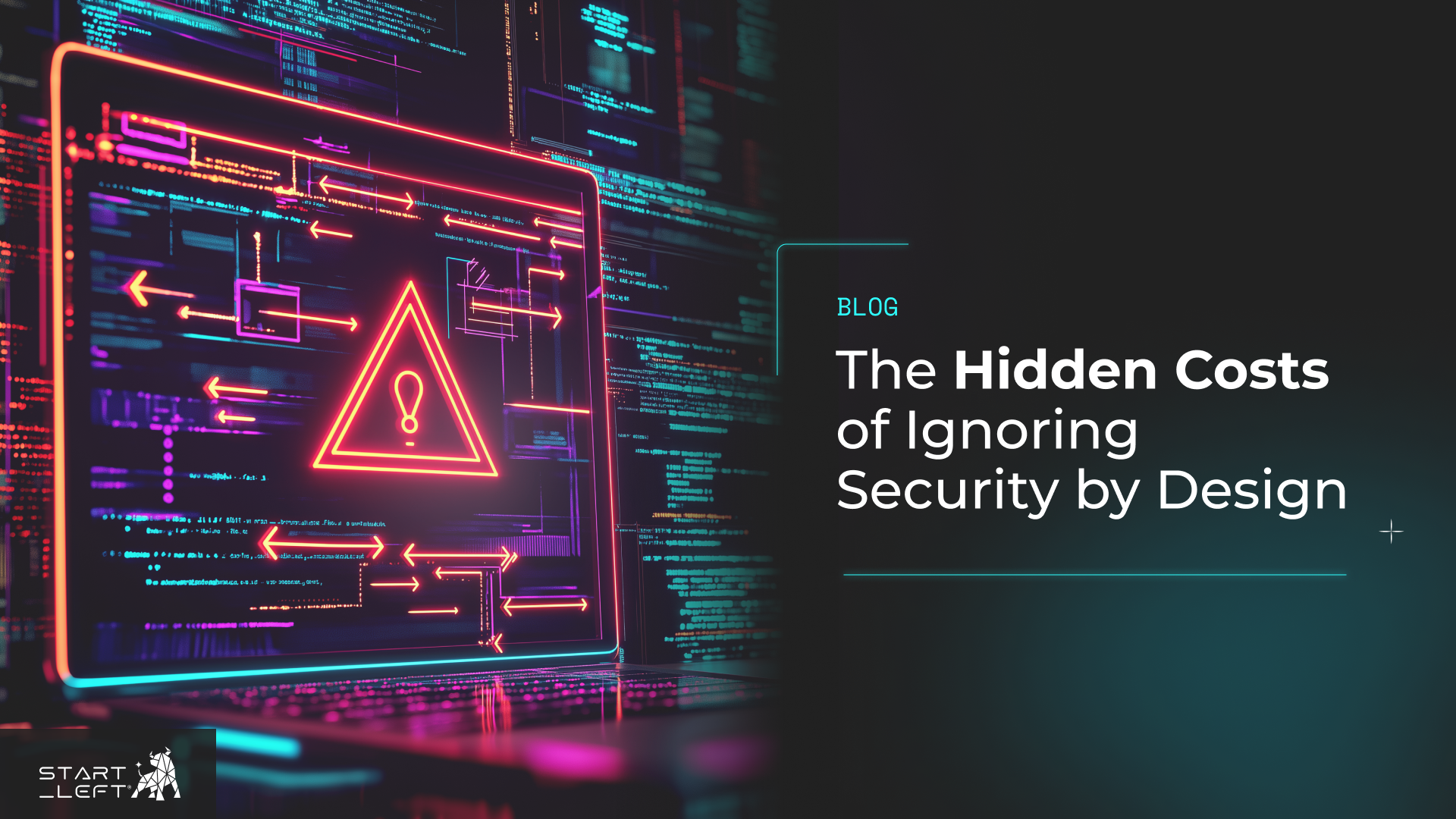
Discover the hidden costs of ignoring Security by Design. Learn why embedding security into your software development process is essential to avoid compliance risks, customer trust issues, and operational inefficiencies. Explore best practices to safeguard your growth and future-proof your business.

While CSPM & ASPM platforms stitched together in an acquisition claim to offer an integrated approach to security by aggregating data across the full lifecycle of software development, they often fall short of delivering true integration. Instead of fostering a cohesive, product-centric DevOps model, these platforms inadvertently create silos within their own systems. The root of the problem lies in the way these platforms are designed—they focus on providing lifecycle scan aggregation without addressing the need for a people-focused, product-centric implementation that truly facilitates DevSecOps.
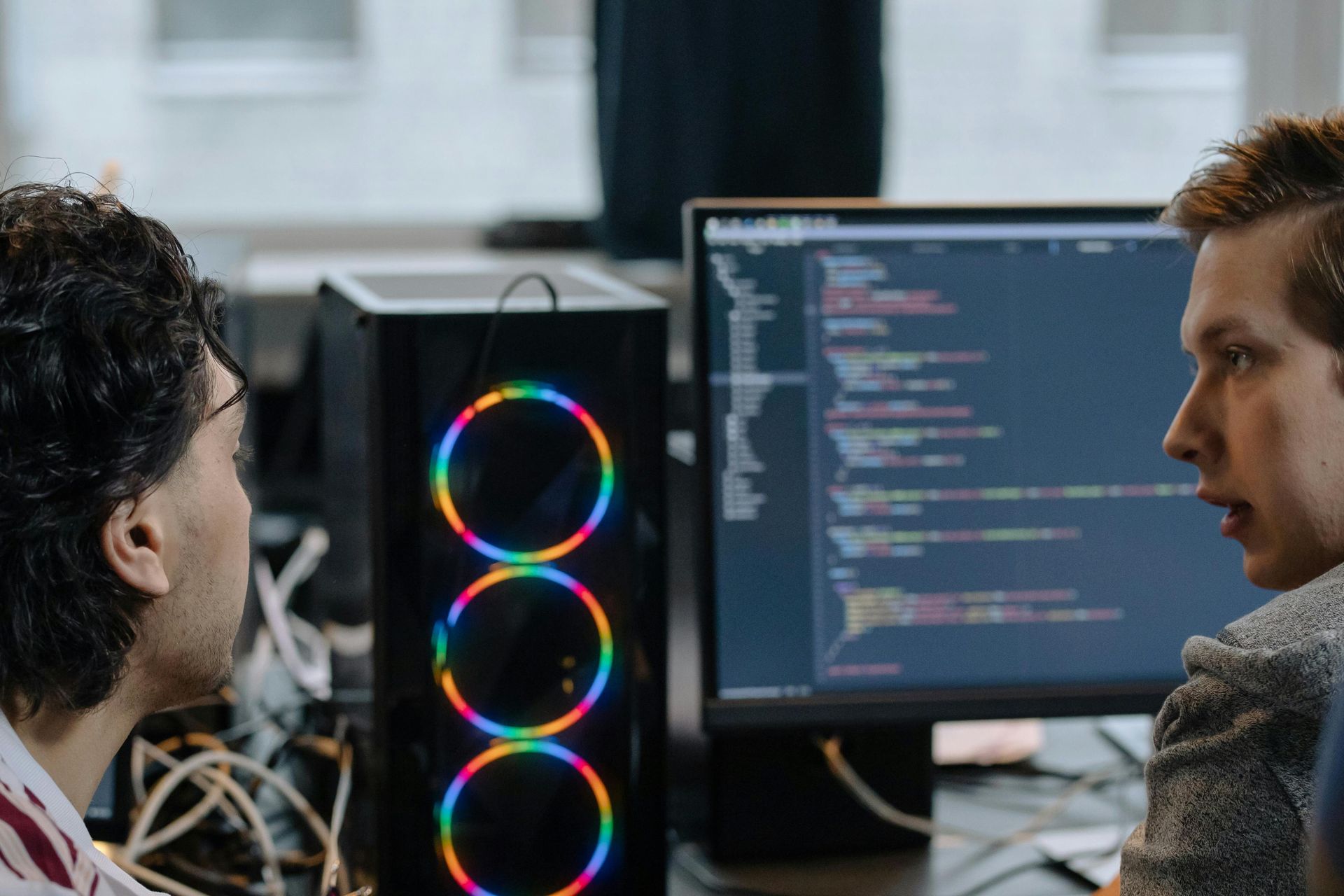
The adoption of Start Left methodologies not only transforms security into a profit center but also directly enhances the achievement of the true value proposition of DevOps . The primary goal of DevOps is to break down silos between development and operations, enabling continuous integration, delivery, and collaboration to produce high-quality software at speed. Start Left® takes this even further by embedding security into the core of this collaboration , ensuring that high-quality software isn’t just fast but also secure and resilient from the ground up.

For decades, cybersecurity has been viewed as a cost center —an unavoidable yet necessary expense. Security was often seen as the department that says "no," adding layers of complexity and slowing down innovation. However, the paradigm shift toward "Start Left" methodologies is turning this traditional view on its head. For the first time ever, security can be transformed into a profit center by enhancing development and product teams' performance, reducing costs, and driving better business outcomes.

Today, organizations are not only battling external cyber threats but also facing increasing risks from insider threats —whether through negligence or malicious intent. Fraud often originates from within, leveraging access, knowledge, and loopholes in processes that go undetected by traditional security measures. Start Left® Security's unique PIRATE® model empowers organizations to tackle these insider threats before they escalate, bringing advanced capabilities that offer unparalleled insights and control.

The rise of sophisticated cyber threats, insider risks, and software supply chain vulnerabilities has pushed security models to adopt a new approach: Zero-Trust Architecture (ZTA) . One of the core pillars of Zero-Trust is micro-segmentation and least privilege access—ensuring that no one, not even trusted internal actors, has unfettered access to systems, data, or processes.

Monitoring and detection are crucial for preventing threats before they can cause damage. At Start Left® Security, our patented PIRATE® (Product Integrated Risk Analytics & Threat Evaluation) model plays a pivotal role in contextualizing monitoring and detection across the entire software development lifecycle (SDLC). While PIRATE® doesn’t directly enforce Role-Based Access Control (RBAC) , it plays an essential role in strengthening RBAC policies and improving the overall security posture of your organization.

Relying on traditional security models is no longer sufficient, but many organizations still operate under the assumption that users or systems within their network can be trusted by default. Zero-Trust Architecture (ZTA) flips this approach on its head, operating under the mantra, "trust no one, verify everything." It requires rigorous verification of every user, device, and action within a network—no inherent trust, only continuous verification.

A CISO’s role has evolved far beyond just protecting the organization from external threats—it now plays a crucial part in enabling the business to grow and succeed. A CISO recently said, “A CISO’s job is to make it as easy as possible for your company’s customers to do business with you,” highlighting how security today is directly tied to customer trust, operational efficiency, and revenue growth.

As regulatory frameworks like SOC 2 and ISO 27001 continue to struggle with effective enforcement, cyber insurers should be stepping in to fill the gap and drive real, meaningful change in the cybersecurity landscape. Unlike the reactive nature of compliance-based security, cyber insurers are uniquely positioned to push organizations toward a more proactive approach—one that emphasizes actual security measures over mere regulatory checkboxes. This is especially crucial in the wake of high-profile incidents like SolarWinds, which demonstrated the critical flaws in self-attestation and checkbox-based compliance.
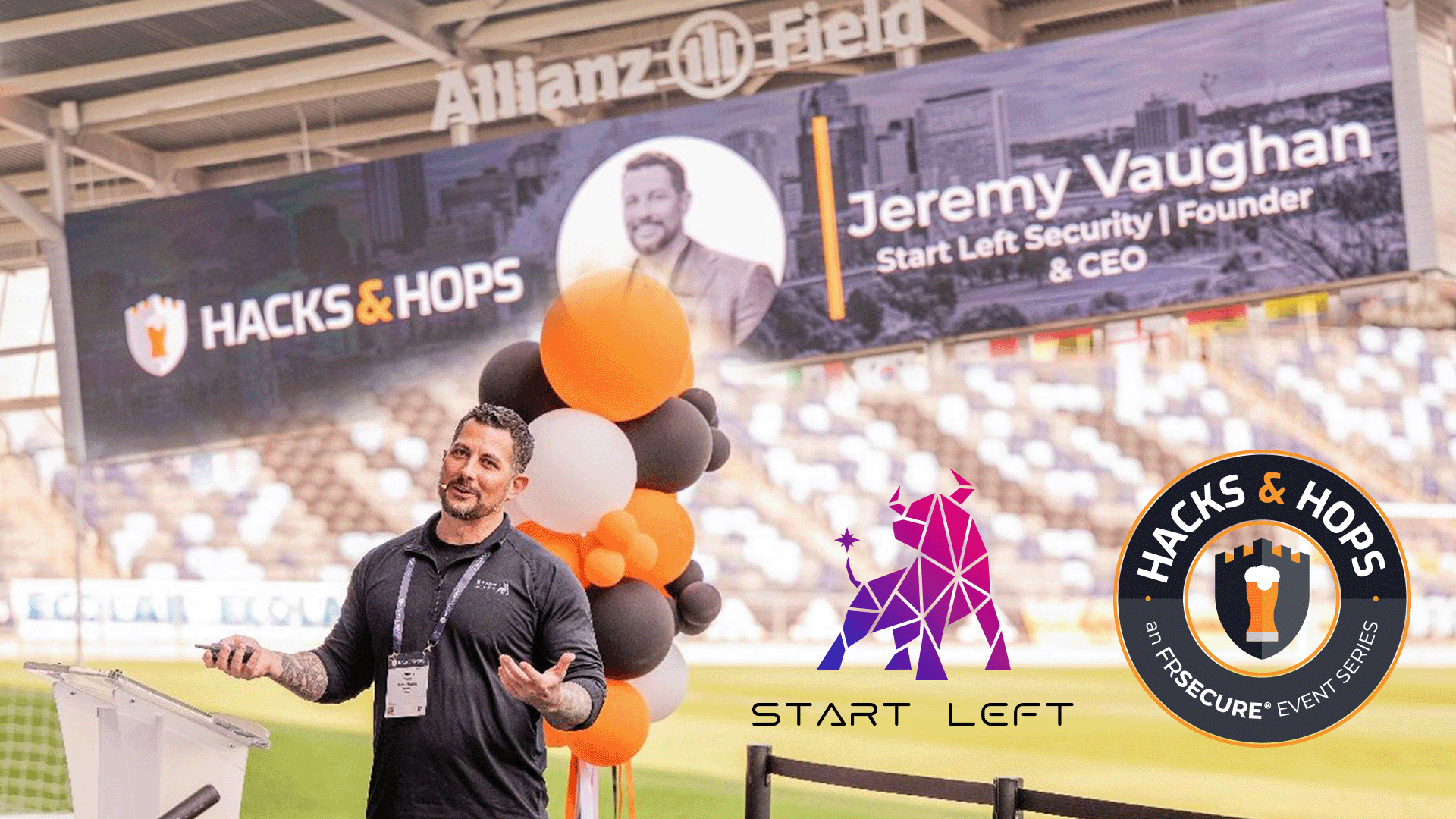
The Hacks & Hops InfoSec conference brings some of the most interesting speakers to Minneapolis. This year they were back, bigger than ever, and this time the event took over Allianz Field in St. Paul! Start Left® Security's CEO, Jeremy Vaughan, participated as a keynote speaker this year and you can s ee his presentation below:

We are excited to announce the availability of Container Scanning within the Start Left® platform’s Software Composition Analysis (SCA) tools. With Container Scanning, you can now shift your security posture left by scanning and identifying vulnerability and license risks in your container images. With more and more application workloads being migrated to containers over the past several years, containers have become an increasingly key part of open-source usage. Organizations need to ensure their container images are as secure as possible before being deployed into production environments.

How Start Left® Security Helps CISOs Evolve from IT Blocker & Tackler to Strategic Business Enablers
In the fast-paced world of DevOps and modern software development, the role of the Chief Information Security Officer (CISO) is undergoing a transformation. Traditionally seen as the organization’s “IT blockers and tacklers,” CISOs are now being called upon to take on more strategic leadership roles. Their responsibilities have expanded beyond protecting IT systems to enabling business growth through proactive security measures.
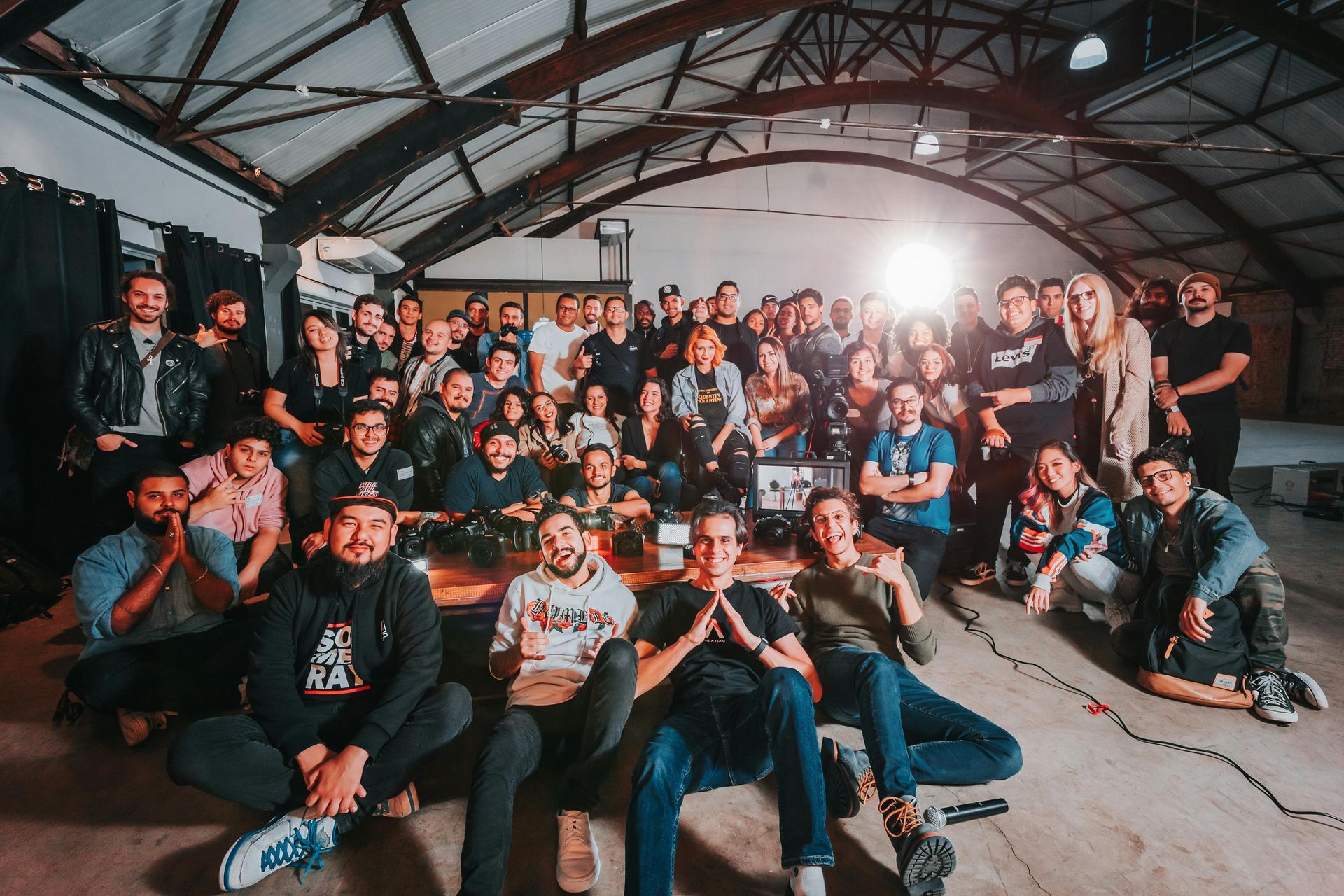
In today’s fast-paced DevOps-style software delivery, organizations face increasing pressure to develop secure software without sacrificing speed or innovation. A successful product security program requires more than just tools and scanners; it needs a comprehensive approach that bridges the gap between top-down oversight and bottom-up autonomy . This balance is crucial for organizations aiming to build secure, resilient software while fostering a productive, empowered workforce.

How Start Left® Security Aligns with Gartner's Three-Pillar Software Supply Chain Security Framework
Start Left® Security's response to Gartner's Leader’s Guide to Software Supply Chain Security, 2024...

Gula Tech Adventures, Lytical Ventures, and Dasein Capital lead Seed investment in Start Left® Security, supported by other strong investors: DeepWork Capital, Florida Opportunity Fund, and Bootleg Advisors. JACKSONVILLE, FL, June 27, 2023—Start Left® Security, powered by a multi-patented, AI-driven Application Security Posture Management (ASPM) Platform and Behavioral Analytics, today announced that it has oversubscribed and closed $3.0 million Seed financing led by notable cybersecurity, data analytics, and artificial intelligence (AI) venture capitalists and industry experts. This demonstrates the market’s confidence in Start Left® Security's vision and its ability to deliver innovative solutions that address evolving security threats.



